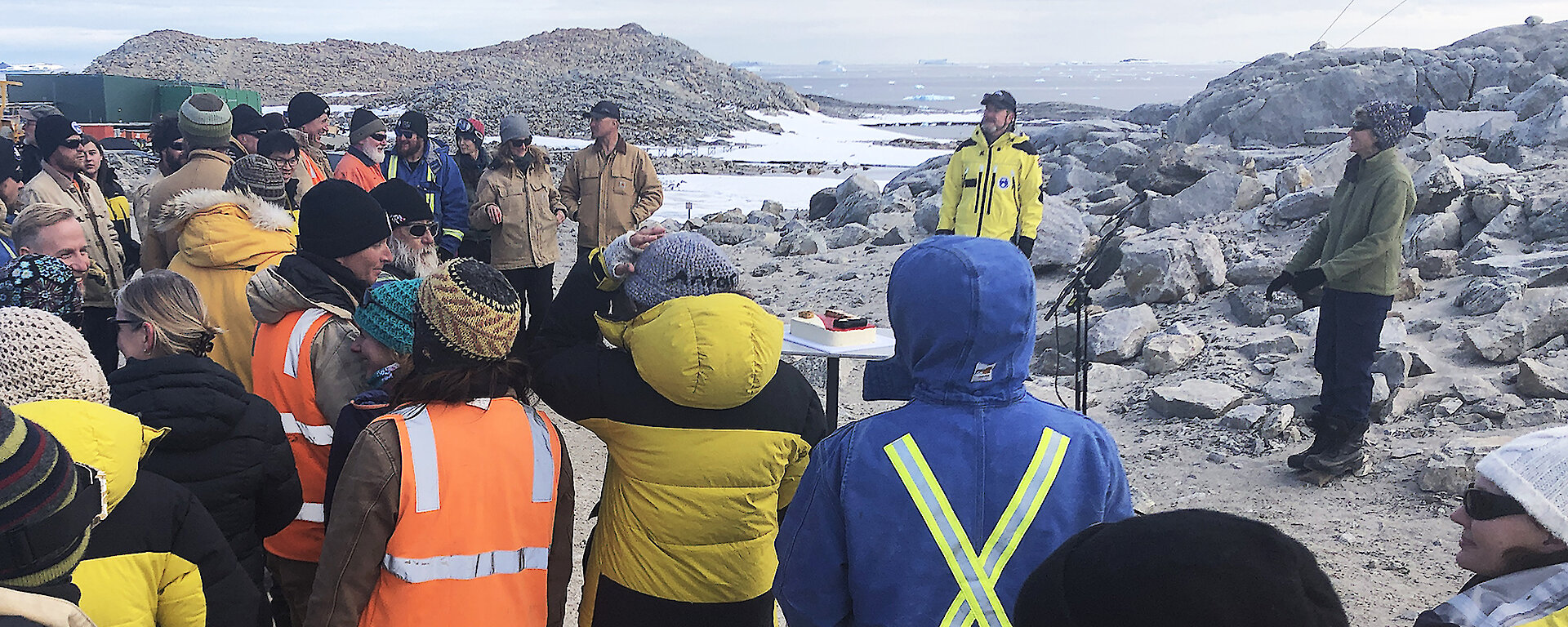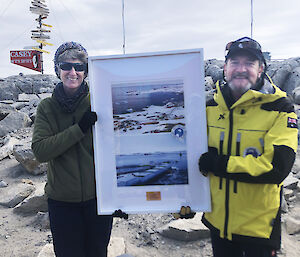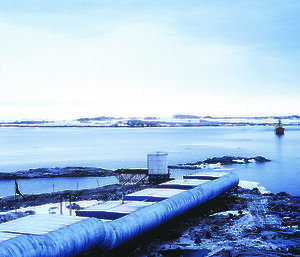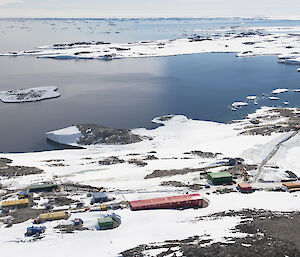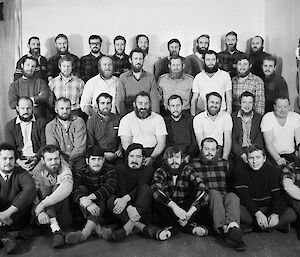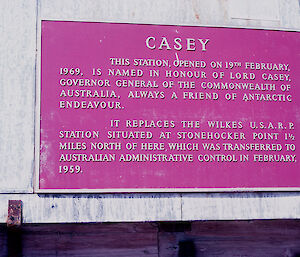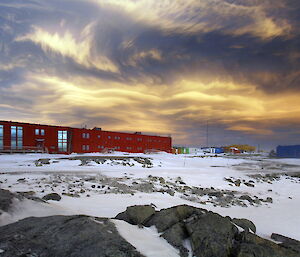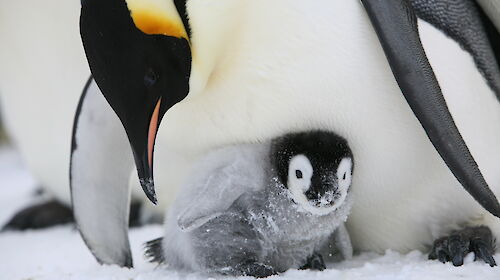Antarctic expeditioners celebrated the 50th anniversary of the opening of Casey research station today.
In his first visit to Antarctica as Director of the Australian Antarctic Division, Kim Ellis made a commemorative presentation to station leader Christine MacMillian.
Mr Ellis said that Casey is an important hub for Australia’s Antarctic operations and science, and dear to the hearts of generations of expeditioners.
“In the fifty years since it was opened, Casey research station has been home to more than 1000 over-wintering expeditioners,” he said.
The station was officially opened on 19 February 1969, and named ‘Casey’ in honour of the then Governor-General Sir Richard Casey, a staunch supporter of Australia’s early Antarctic program.
Australia’s presence in the region began a decade earlier in January 1959 when Australia took over the operation of the United States-built Wilkes station, on the Clarke Peninsula.
However it soon became clear that Wilkes would be buried by deepening snow drifts which threatened the structural integrity of the buildings.
In 1964, Australia commenced work on a replacement station, cleverly named ‘REPSTAT’, located nearby on the shores of the Bailey Peninsula.
REPSTAT was a unique design in that it was a long corrugated-iron ‘tunnel’ building, elevated on stilts to minimise snow drifts.
The tunnel was 260 metres long and connected 13 buildings together including living, sleeping and working quarters.
REPSTAT was used for 19 years before it was decommissioned, demolished, and all the materials returned to Australia by 1993.
In the meantime, construction of a new Casey station began in 1979.
It was constructed with a steel frame on concrete foundations and an external skin of thick panels of polystyrene foam clad in steel.
Painted in bold colours, it was designed to provide a greater degree of comfort and safety, and incorporated state-of-the-art facilities.
Casey has continued to develop and change over the years, particularly since 2007, with the opening of Wilkins aerodrome increasing the number of expeditioners staying at and passing through Casey.

